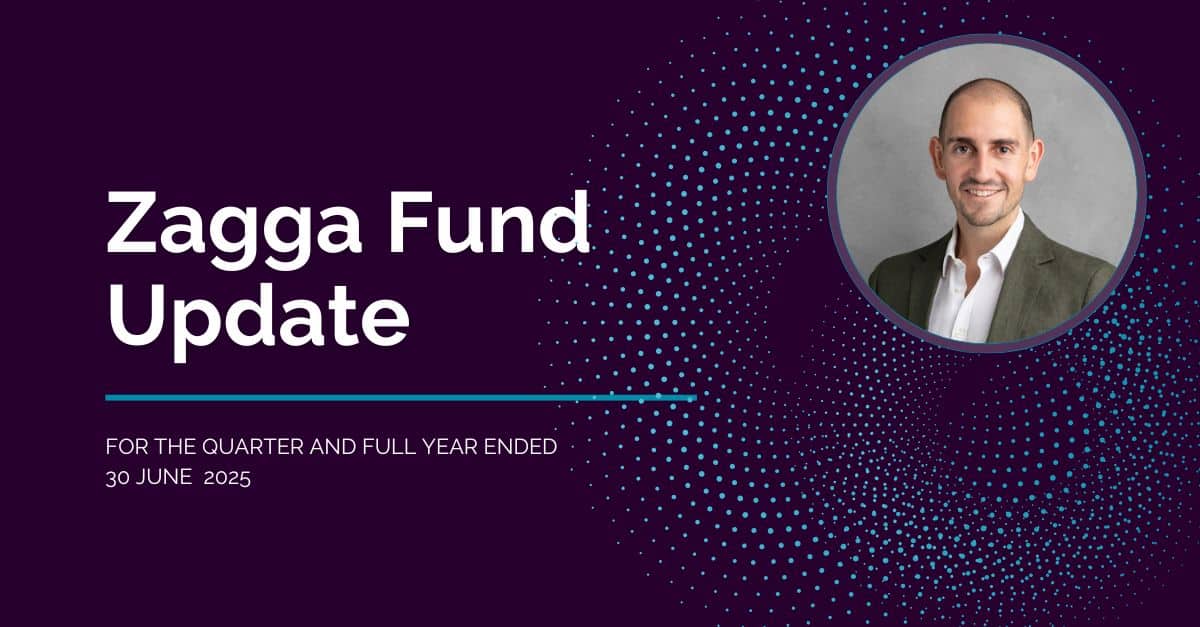Source: The Urban Developer
Author: Clare Burnett
Date: 1 March 2024
As risk-averse banks pull back from lending, a significant opportunity is rising for developers and investors.
This lending retreat, which has been on the cards for a number of years, is making financial options including commercial real estate debt (CRE debt) an attractive proposition.
“Since 2014, the Australian Prudential Regulation Authority has put caps on how much banks are able to lend to specific sectors, so the availability of capital and credit to the property industry is dwindling,” Jameson TTB distribution director Matthew Afflitto says. “That creates a ripe environment for non-bank lenders to provide solutions for those developers looking for capital. CRE debt offers good risk-adjusted return on your capital, the risk itself is relatively low, and you’ve got first ranking security.”
According to non-bank lender Qualitas, Australia needs $115 billion in capital to build enough new homes in the next four years, let alone any other real estate.
“If we have a marketplace that is roughly $50 billion currently, and there’s a $115-billion per annum need, filling that gap with more capital from investors in that alternatives bucket is a huge opportunity for the market,” Sydney alternative investment firm Zagga Group director Tom Cranfield says.
In fact, says MA Financial managing director for real estate credit Cathy Houston, it’s getting mainstream. “The whole private credit space as an investment class has become less alternate and part of core investment strategies, which it should be,” she says. “The depth of that market is increasing in Australia, which is bringing more stability and more investors coming in.”
Filling the gap
Globally, says Zagga, the CRE debt market is estimated at $450 billion and growing at about 2 to 5 per cent yearly, underpinned by attractive fundamentals, including an undersupply of property, population growth and a rise in ecommerce.

With banks failing to rise to the occasion, non-bank lenders are proving vital. Knight Frank’s latest report found that private capital invested $14.8 billion in Australia’s commercial market, equating to 42.2 per cent of total investment, the highest share on record.
The head of private credit and commercial real estate lending at the London Stock Exchange-listed global investment company Abrdn, Neil Odom-Haslett, says the UK had experienced similar issues to Australia.
“As lenders focus on their existing loan books [due to a significant number of real estate refinancings leading to stress in the market], this creates a funding gap, which for Abrdn is opportunity for our debt funds to lend in a market on asset classes where values have corrected, lending at lower loan to values, and at higher spreads.”
Repricing has also limited deal flows in Australia, according to CBRE, which reported that national investment volumes dropped by 31 per cent to $24.1 billion in 2023 compared with the previous year.
“The Aussie market is small in comparison to the UK and Europe, hence why it is still in its infancy in respect of the alternate lenders entering the market, and dominated by the banks,” Odom-Haslett says. “In the senior secured space, I don’t think the returns are quite there yet. There is a good opportunity, however, to enter the market and one I can see growing in the near future.”
Filling the project funding gaps requires an enormous amount of capital, more than the nonbank lenders have, Cranfield says. “We haven’t had a proliferation of sovereign wealth and institutional capital at low yields,” he says. “Hence why we have been looking for domestic and international capital and investing and educating developers and investors with CRE debt.”
Benefits of CRE debt
MA Financial’s Cathy Houston says she has seen an upward trajectory in CRE debt for developers and investors. “It’s about them becoming more comfortable with the parties providing non-bank lending in the RE space and understanding the way they are managing those loans,” she says.
“From the other side, developers are seeing the nonbank space as a core strategy in terms of financing projects not because they can’t get major bank lending, but the flexibility provided through nonbank lending and our ability to assess projects on an individual basis, rather than sticking to rigid rules imposed by the banks.”
Flexibility, then, is a key benefit for developers, while CRE debt provides the security required for lender confidence.
“Large lenders are often led by volume, so the more vanilla and standard a loan can be, the easier they can push it through the credit department,” Afflitto says, “while CRE debt providers look at it more commercially.”
To capitalise on these gaps in the market, Pallas Capital has launched a new lending vehicle, Pallas Funding Trust No. 2, targeting medium-sized CRE loan types of $2 million to $25 million in total.
“There is a blind spot in the market in the $10 million to $30 million range—it’s too small to attract interest from larger non-banks and too large for some of the CMBS or high-net-worth funded business, who are capital constrained or have restricted criteria,” Gallen says. “We would never win a shootout on price with the majors but there are a bunch of other factors at play.”

New entrants
Of course, with such an attractive market it’s inevitable that new players will enter the game. “We saw during the pandemic that there was this mad rush of new entrants coming into the market. It was easy to raise capital, interest rates were low, but the quality of loans might not have been that great,” Afflitto says.
“With those providers we’ve seen them drop out as market conditions have become tougher.” Gallen says that it can be easy to step into the space with a small amount of capital. “But it is difficult to build scale, and it comes down to the quality of your team, which is a barrier to building a business of substance.”
Developers themselves, such as Lendlease and Dexus, also have a presence in the space. “As a diversification for some of the bigger players, it’s a good tool,” says Houston.
“It’s a relatively stable income stream, they’re in the market already and can assess the risks quite well and it makes sense in terms of a strategy, especially as it hasn’t been a great period for a lot of developers during the past two years with cost escalation, increasing interest rates and so on.”
Hageali says that the scale of the market is significant. “Since we first set up the business seven years ago, a large number of high-profile and significant developers have started using and supporting nonbank lenders,” he says. “There is a lot of space for well intentioned, well capitalised and skilled players, and there is still that underlying demand and huge shortage [in both development and finance] which underpins our industry.”




